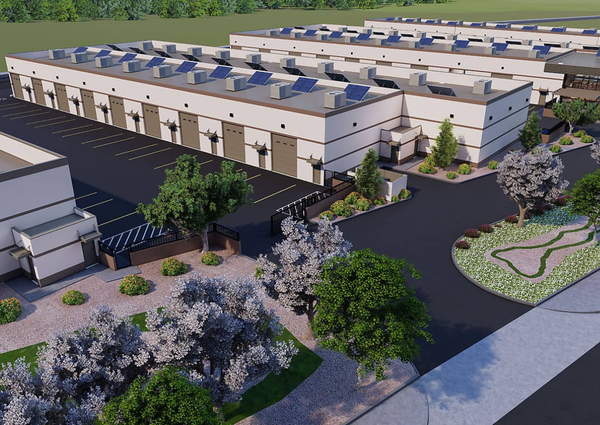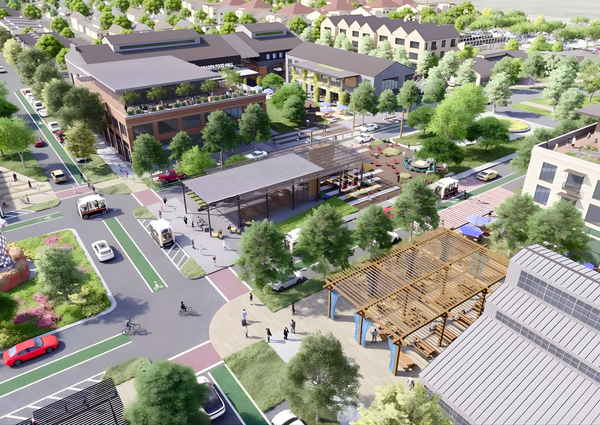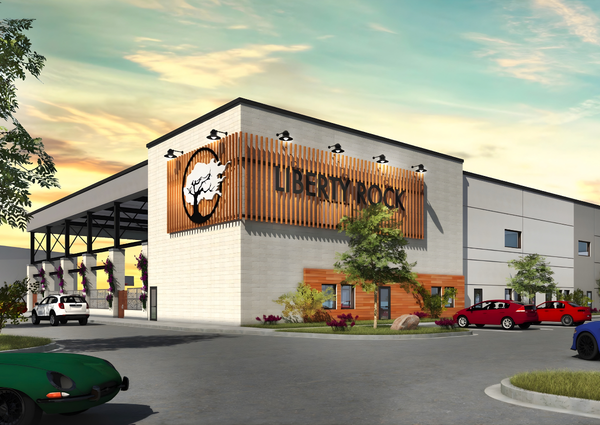After decades of stalled dreams, Sacramento approves Railyards revival.
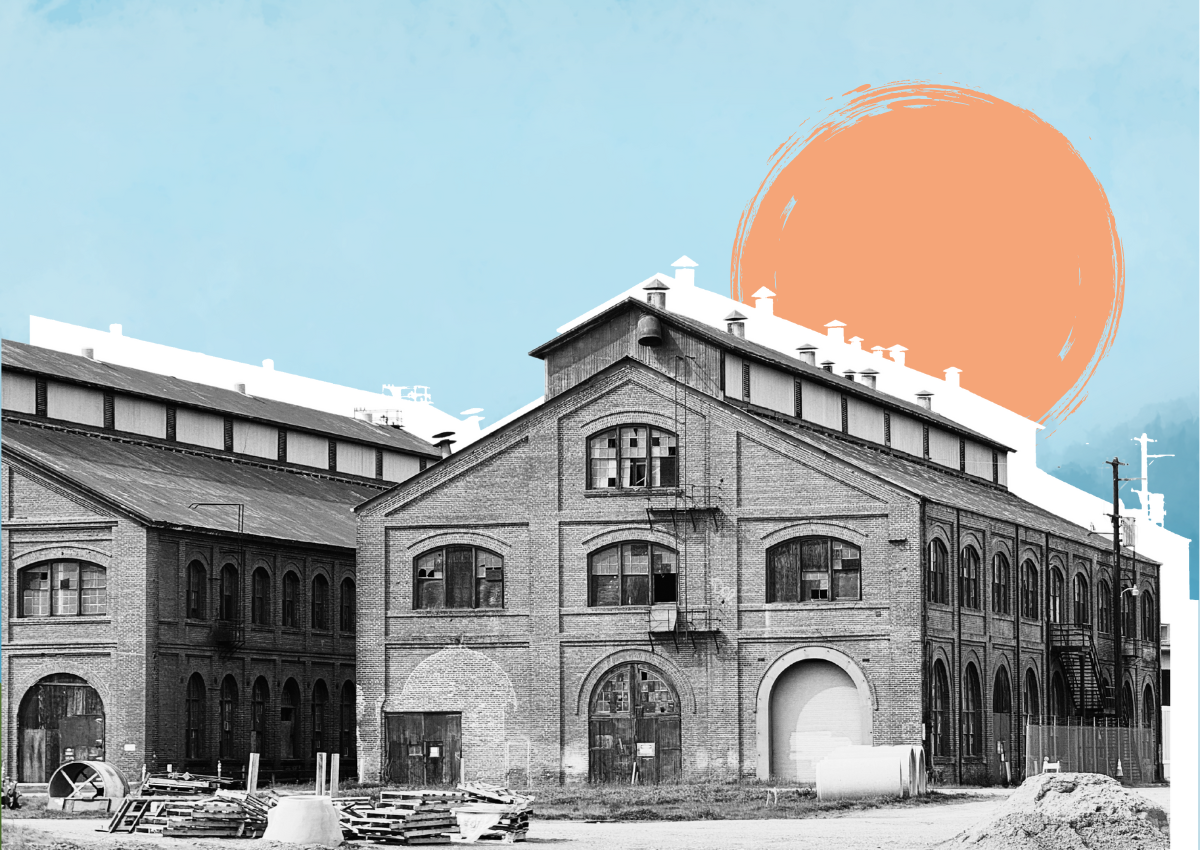
For more than 40 years, the Railyards sat dormant just north of downtown Sacramento—a vast industrial skeleton, too big to ignore and too costly to fix. This week, the city finally moved to break that cycle.
On Tuesday, the Sacramento City Council unanimously approved a sweeping development deal that will bring a privately funded soccer stadium, a restored Central Shops district, and hundreds of millions of dollars in new infrastructure to the long-vacant site.
It was the culmination of years of political groundwork, environmental remediation, and hard bargaining—what Sacramento’s Interim City Manager Leyne Milstein described as a “marathon” passed through generations of local leadership.
“We, staff, Council, and various development partners over time have been running a marathon, passing the baton for over 45 years to get to this point,” Milstein told the council. “It takes persistence, creativity, and flexibility to get hard things done.”
At the heart of the deal is a new stadium for Sacramento Republic FC, now backed by the Wilton Rancheria tribe through its ownership of Indomitable Ventures. The 12,000-seat venue will be built on 14 acres east of 7th Street and is expected to host not only Republic matches but concerts and community events. It comes with a $220 million price tag—entirely covered by private investors.
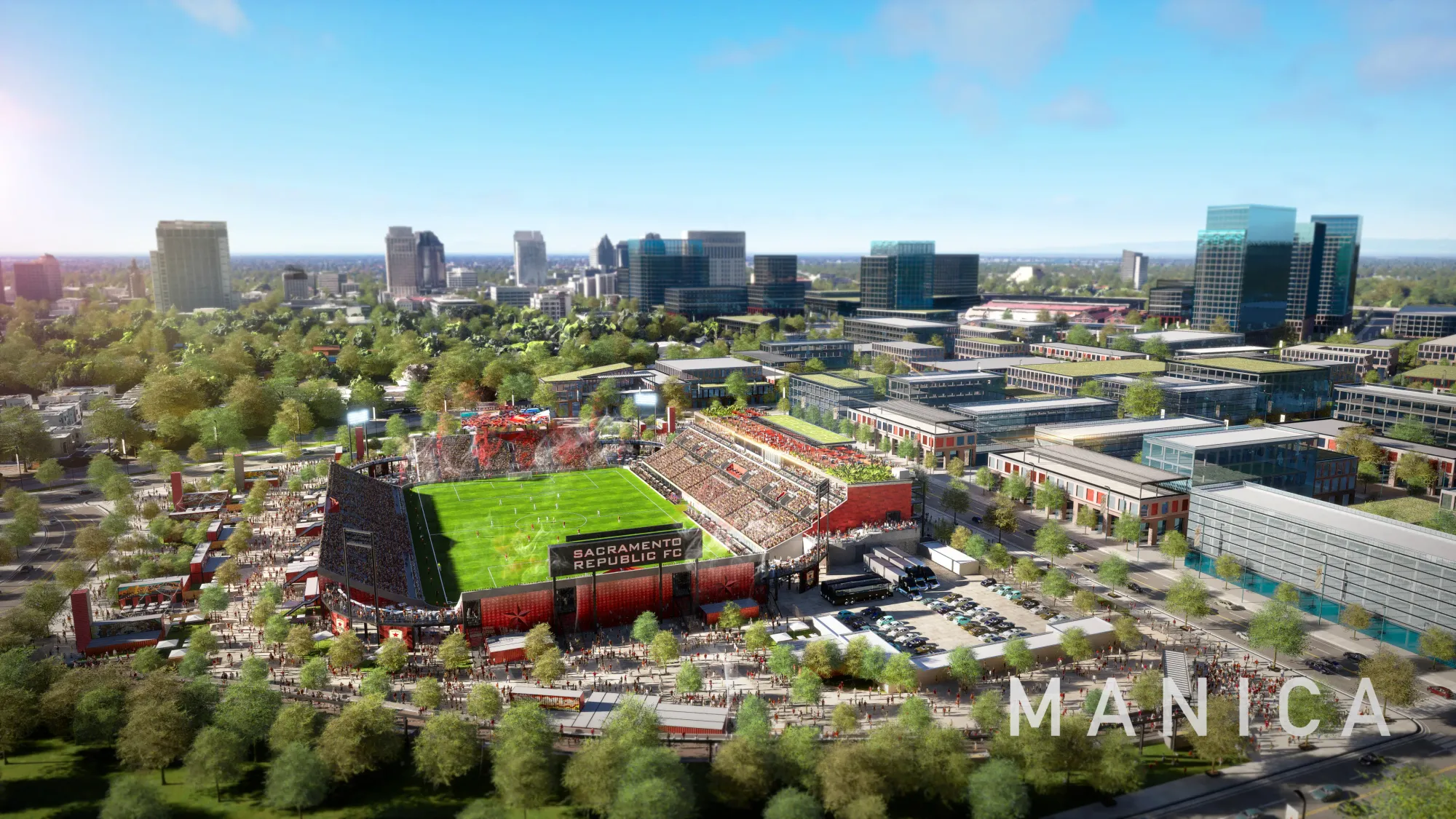
But the stadium is just the spark. The broader agreement sets in motion long-promised features of the 2016 Railyards Specific Plan: adaptive reuse of the Central Shops buildings, new housing, retail, open space, and expanded transportation access. The city also approved the purchase of two key parcels near Sacramento Valley Station to accelerate the buildout of the region’s primary transit hub.
Major development has already begun. Kaiser Permanente’s new hospital is under construction, expected to open by 2026. The Tani Cantil-Sakauye Courthouse is nearing completion. The AJ, a mixed-use housing project, is underway, and the senior affordable Wong Center is complete. These projects, combined with Tuesday’s approvals, are helping to turn what was once an environmental liability into a high-density economic engine.
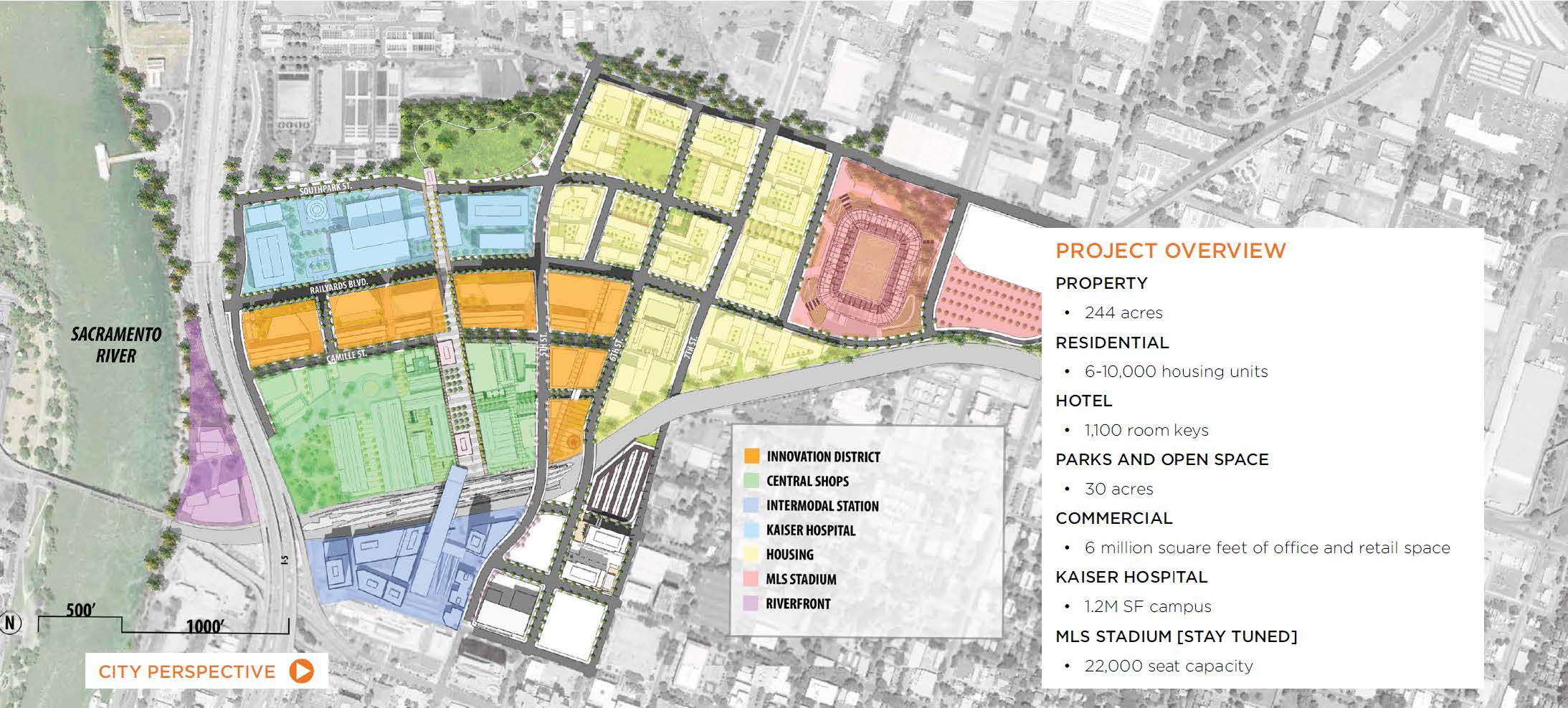
To finance what remains—an estimated $200 million in roads, sewers, parks, and public space—the council expanded the Railyards Enhanced Infrastructure Financing District (EIFD). The tool allows the city to reinvest a portion of future property tax growth from new development directly back into the area, replacing the defunct redevelopment model.
“In the absence of redevelopment agencies, the Railyards is exactly the type of catalytic project the state envisioned for use of an EIFD,” Milstein said. “Some may call it a textbook case.”
The full economic impact of the Railyards redevelopment is enormous. A recent analysis by Stantec and Economic Planning Systems projects over 13,500 on-site jobs and more than 23,000 total jobs across Sacramento County when indirect effects are included. Total economic output is expected to exceed $4.4 billion annually, with more than $2.1 billion in wages. The stadium construction alone will support more than 1,100 jobs and draw over a million visitors each year—driving activity in hotels, restaurants, and retail throughout downtown.
The Central Shops, once the largest railroad maintenance complex west of the Mississippi, are slated for adaptive reuse. The first project, the Paintshop, will become a 3,600-capacity entertainment venue. The goal, city leaders say, is to honor the industrial legacy while shaping a new cultural and commercial district.
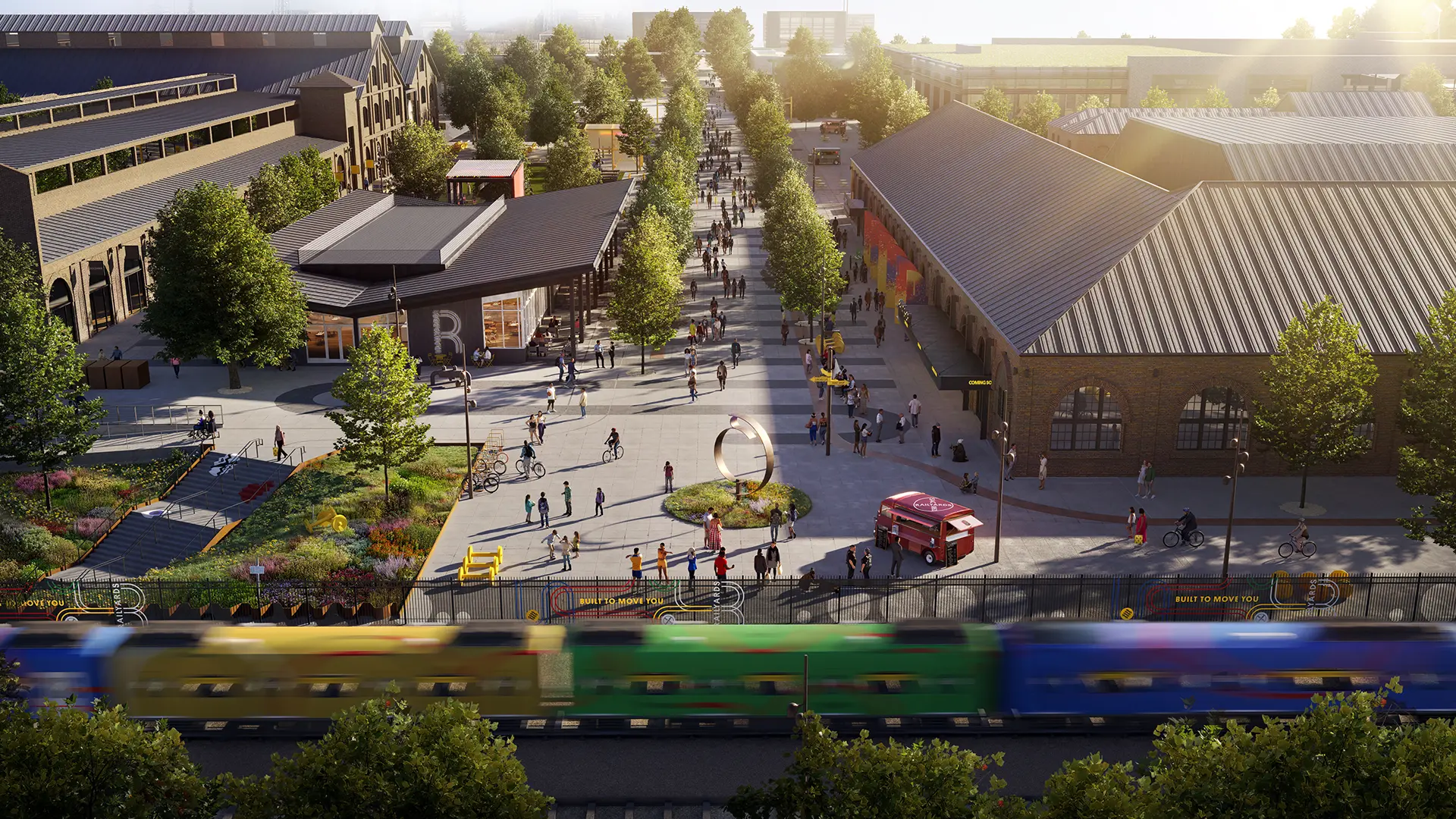
“This is just such a big day for the city,” said Marco Gonzalez, senior development project manager. “I’m a Sacramentan born and raised, and I love the Railyards.”
Not everyone focused on the stadium. Mayor Pro Tem Eric Guerra reminded attendees that the project has broader meaning: “Today’s meeting is not about soccer,” he said. “It is about how we grow, with the original people of this land, in their own ancestral tribal lands.”
Developers will front the cost of infrastructure and be reimbursed over time through revenue generated by the EIFD. The city also expects to recover its $14 million purchase of two parcels near Sacramento Valley Station. Officials noted that the stadium agreement includes a 45-year non-relocation clause and nearly $16 million in community benefits, including youth programs, field upgrades, and public access to open space.
Construction on both the stadium and the Central Shops venue is expected to begin later this year, with openings targeted for 2027. For many at City Hall, the vote marked more than a development milestone—it was a turning point in Sacramento’s long effort to reclaim the Railyards and integrate it into the life of the city.


